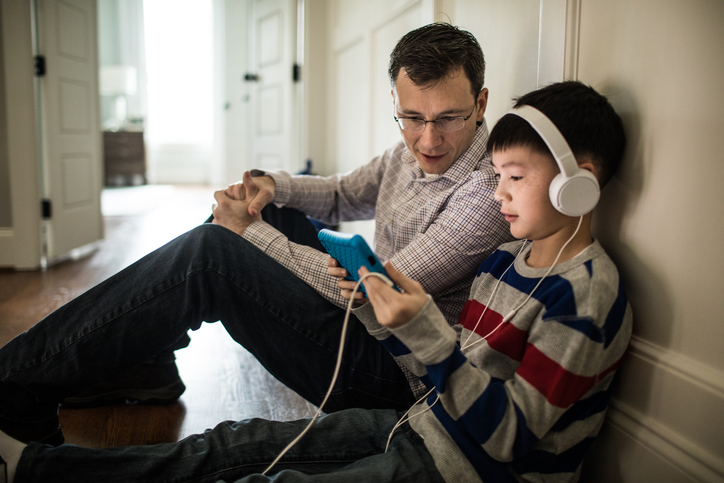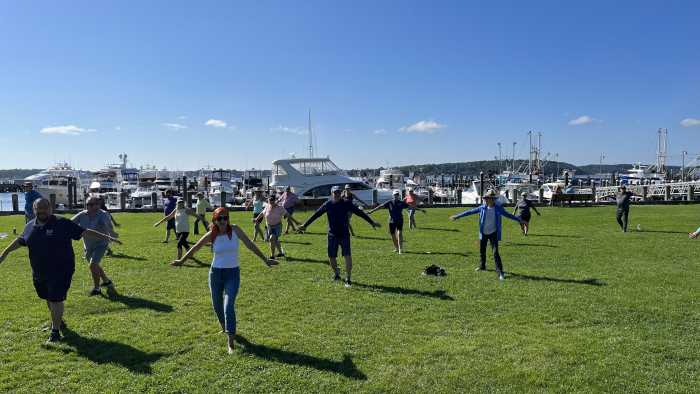By Rebecca L. Watts, Ph.D.
Regional Vice President, Western Governors University
Much has been written about the digital divide — the lack of broadband access, specifically — in New York. Rural communities upstate are reeling from the effects. The sheer number of people without high-speed internet in New York City is a major issue.
But we don’t hear enough about the harsh realities on Long Island. The issue shouldn’t be minimized or ignored. Parts of Long Island remain disconnected.
Comptroller Tom DiNapoli’s September 2021 report on broadband access found that 9.2% of households on Long Island don’t have a subscription to home broadband services. Despite having the lowest percentage of those left behind in the state, that rate represents 87,730 households — families who, without broadband, don’t have the same educational or work opportunities as their neighbors. Beyond learning and economic disparities, for these families, telehealth services aren’t an option. Legal counsel — a well-established shortage in the more sparsely populated areas of New York — remains out of reach.
The reasons for not subscribing to broadband can be situational and complicated. Often, it involves affordability. For others, it simply comes down to insufficient infrastructure. Of the 253,000 people in the state whose geographic areas are still not wired for broadband, 25% live on Long Island.
In total, 61,231 Long Islanders live in areas that don’t have wired, high-speed broadband available. While the exact locations are not detailed, the comptroller’s analysis of FCC data shows that nearly 51,700 people in Suffolk County — where 2.7% of the population live in rural areas and family-owned farmlands dominate the landscape on the east end — are missing the “last mile” of broadband infrastructure.
The timing of the report comes amid a watershed era for broadband connectivity with the need for remote engagement exacerbated by the pandemic. Without question, access is not a luxury. High-speed internet is an essential vehicle for the delivery of high quality virtual K-12 education for families with young children, and access to advanced learning and dual enrollment courses for rural high school students. Broadband is also central to enabling Long Islanders to stay safe and work remotely as the Delta variant persists.
In other words, internet service is a vital community resource that people use for essential activities contributing to quality of life. New York has made commendable strides in recent years and has attempted to address broadband affordability through legislative means. At the federal level the bipartisan infrastructure framework making its way through Congress could infuse millions of dollars into that effort.
Other elements of effective state strategy include public-private partnerships that create synergistic impact by opening access to online learning that provides pathways for residents to gain the learning, skills and qualifications employers trust.
Improving access to broadband internet for all of New York’s communities is a key factor in preparing residents for in-demand careers. We cannot afford to let insufficient local infrastructure reduce economic opportunity for Long Islanders.
The state must commit to closing the digital divide by focusing on infrastructure and by working with private industry on a viable statewide plan that will make affordable, high-speed broadband available to every resident. This is critical work that will strengthen Long Island’s communities — their businesses, their local economies, and, most importantly, their people.
Rebecca L. Watts, Ph.D., serves as a regional vice president for Western Governors University (WGU), a non-profit, accredited university focused on competency-based learning that serves more than 130,000 students, including around 3,000 in New York State and 425 on Long Island. She holds a doctorate in higher education leadership from Ohio University.
































